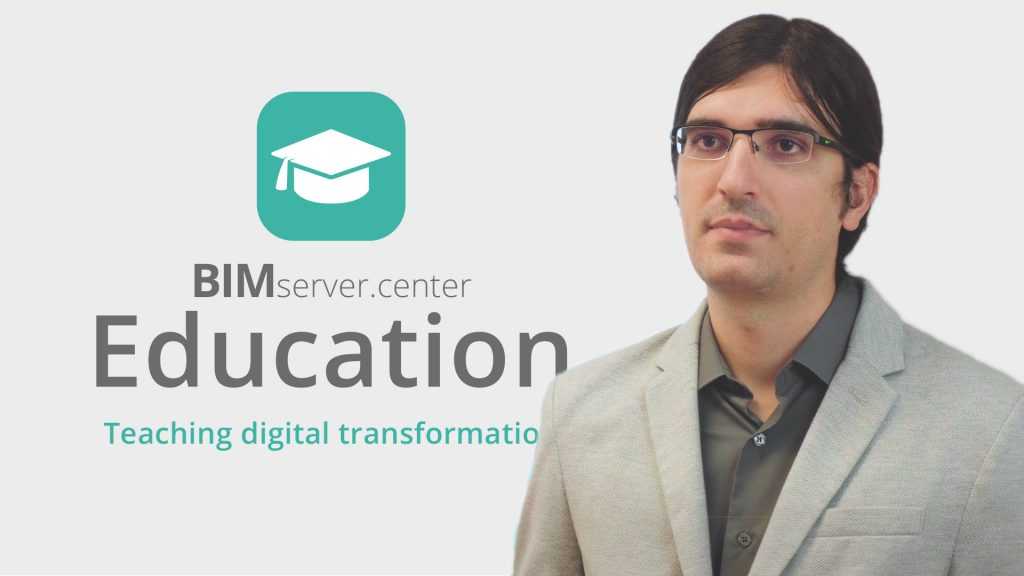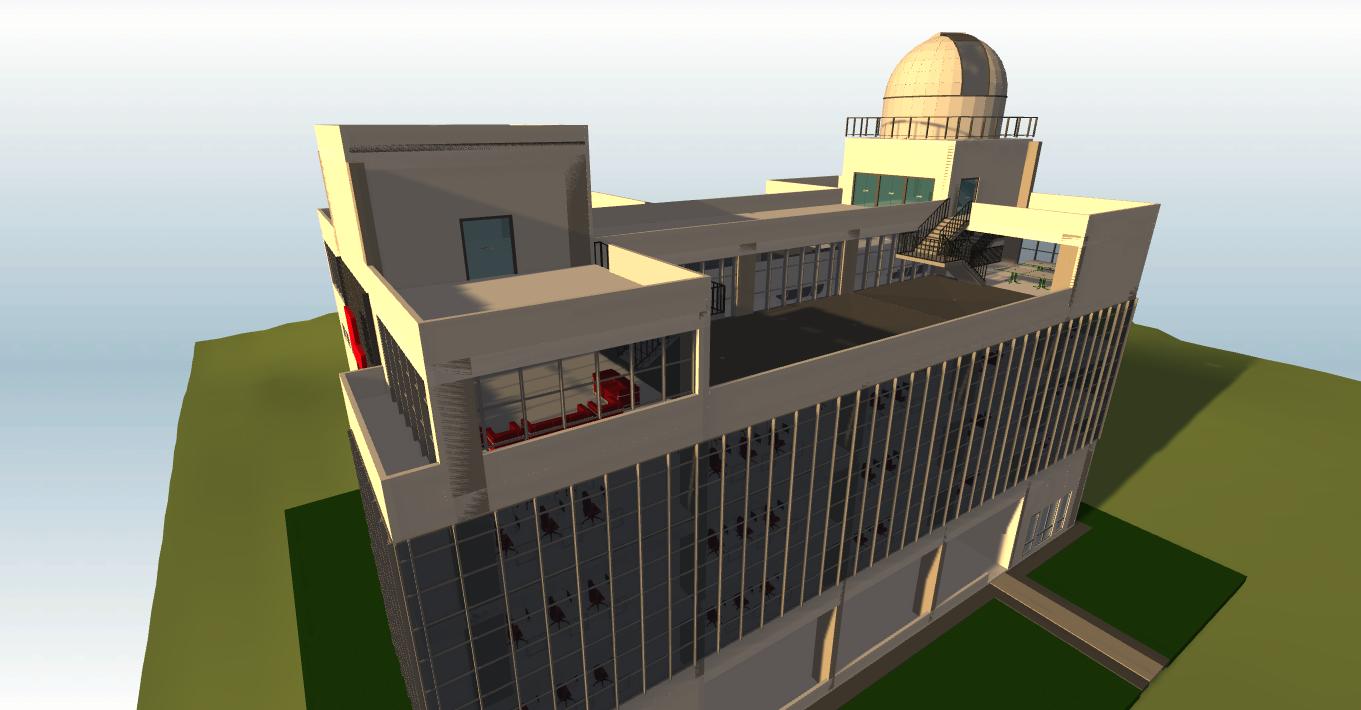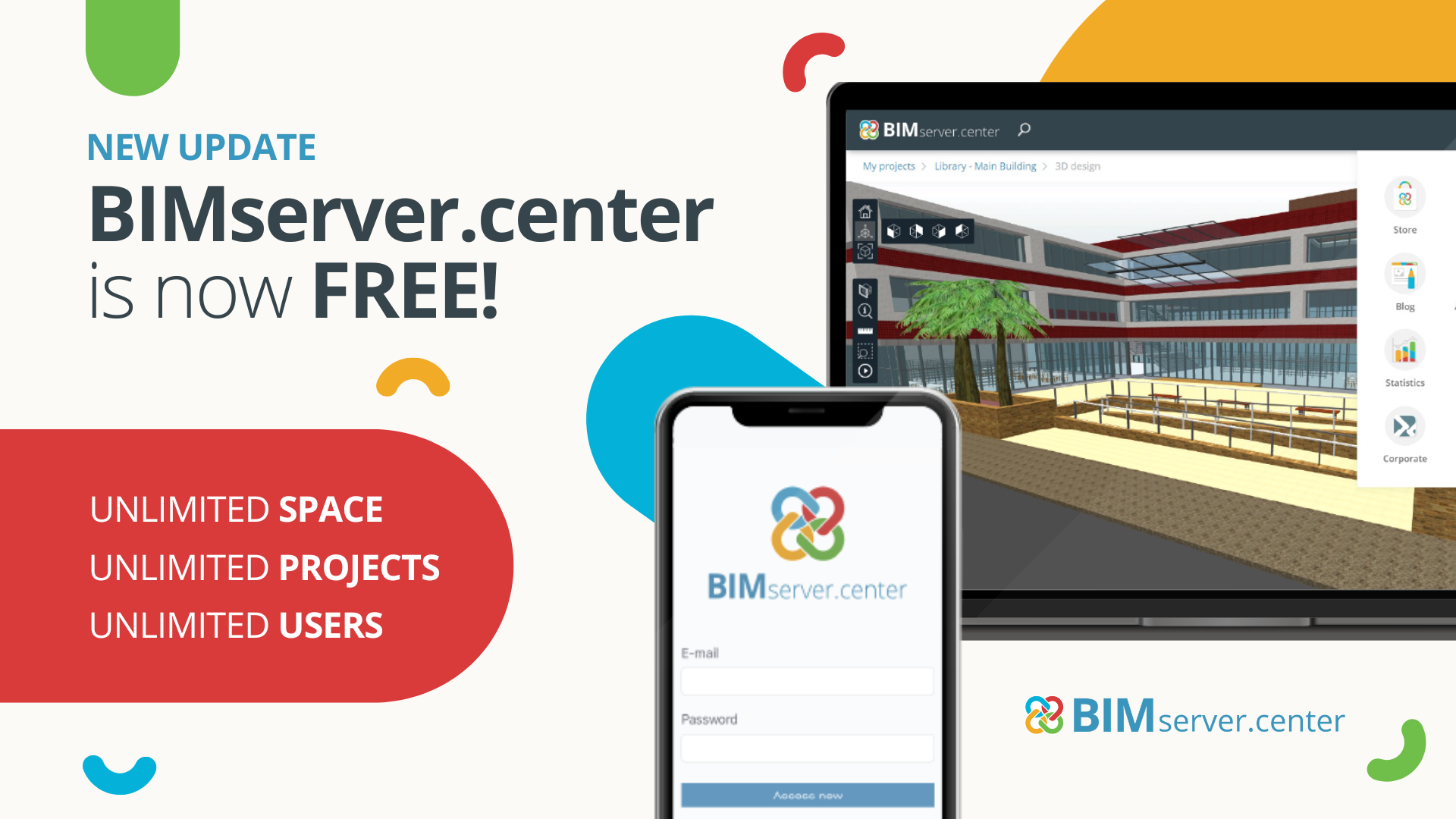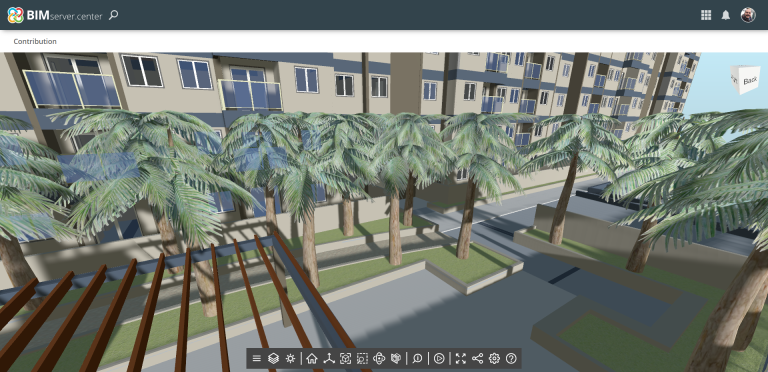- “Universities should be decisively to bring the digitalization of the construction sector to their curriculum, which the Open BIM technology involves”
- “This year we are seeing how the number of consultations by university professors who want to use the BIMserver.center Education platform with their students has not stopped growing”
With BIMserver.center Education students learn from the classroom how to use BIM software, manage information with open standards and understand a collaborative workflow
Javier Pereiro Barceló
Civil Engineer
Javier Pereiro Barceló, is a Civil Engineer, structural specialist at CYPE and responsible for the BIMserver.center Education platform. He tells us in this interview about the state of BIM training in Spain, and how the BIMserver.center Education platform is being implemented in universities and training centres to promote the use of this technology in an educational context with security and confidence.
What is BIMServer.center Education?
BIMServer.center Education is an integrated platform in the BIMServer.center that is especially designed to be used in universities and training centres, technical schools and training companies. Thanks to its properties, teachers and students work in the same environment with security and with the possibility of creating, sharing and developing construction projects based on Open BIM technology.
What advantages does BIMServer.center Education have for the educational sector?
One of them is the agility offered to teachers when proposing practices. The trainers can create a “template project” to be solved by their students and automatically make the necessary copies based on the number of students, preventing the teacher from having to independently create the same project several times. This means significant time saving and it allows students to work independently on the proposed project and practice on Open BIM.
In addition, projects created in BIMserver.center Education do not count in the project content's maximum storage space, allowing them to create as many as desired without space limitation.
Likewise, both teachers and students can design their CV on the platform with all the projects and courses that they have completed. In the case of teachers, this prevents them from carrying out work that they cannot use to, officially accredit themselves as a senior faculty member, for example.
The platform also has an application to view the projects in Augmented Reality. How does this solution help training?
The teacher can choose a project and view it in a shared way with all students. For example, they can put the construction in the middle of class and all students can see it with their mobile devices from their point of view. This is very interesting from an educational perspective to teach 3D modelling, structures, facilities etc …
Can students only work independently or can they also make groups or collaborate with each other on the same project?
This is one of the most important points of the platform. Open BIM technology involves, above all, collaboration and integration, so students have to be able to work with other students in a coordinated manner.
Therefore, BIMServer.center Education is an excellent platform for students from different disciplines (architects, technical architects, civil engineers, telecommunications engineers …) to work in real-time with different software and in a single platform for teachers to supervise and develop BIM projects with their students.
How can a university or an educational center join BIMServer.center Education?
It is the teachers themselves who register. Because BIMserver.center Education is a section of BIMserver.center, teachers must first have a BIMserver.center account. They can then register with the BIMserver.center Education, using the same credentials as the account already created, by entering the university and the department to which they belong.
How is Open BIM technology being implemented in the University?
Before responding to how it is being implemented, I think it is important to analyze how much it is being implemented. Last year, some universities taught their students the Open BIM work methodology through the use of BIMserver.center Education, such as the University of Malaga.
This year there will be many more. We received more inquiries from professors who want to use this technology, even from universities that last year stated that they would not use it but that this year they would. All this shows that universities are preparing to train future engineers and architects in regards to BIM, because soon it will be mandatory to present the projects in BIM format. As an example, the BIM observatory regularly issues reports that show that the rise in public tenders with BIM requirements continues to increase.
Responding to how Open BIM technology is implemented in the university, there is no common criterion when it comes to carrying it out. In no country in the world. Some universities have integrated BIM teaching with teaching hours in the degree, others in the master's degrees and others have created their own degrees dedicated to BIM. But, for now, few or none use BIM comprehensively in their curriculum.
What would be, in your opinion, the recommended implementation?
The recommended implementation would be one that allowed the student to use and learn the benefits of doing projects in BIM. Universities should make a firm commitment to bring to their curricula the digitalization of the construction sector that this technology implies. In addition and because working with BIM allows collaborative work between disciplines, universities should ensure cross-cutting between different departments, subjects and disciplines of the university itself, and between universities.
How does BIMServer.center Education help minimize these difficulties?
BIMServer.center Education offers the necessary technology and is the ideal platform to bring Open BIM technology to university curricula and to promote coordination between different departments, subjects and disciplines. In Spain, there are centers such as the University of Malaga or the UMH of Elche where students from different disciplines already carry out real projects with Open BIM technology, thanks to BIMServer.center Education. Also, for example, the University of Seville will carry out projects with its students and others from different universities.
What benefits does this platform have for students?
There are several benefits. On the one hand, students learn from the classroom the management of BIM software, to manage information with open standards (that is, work in Open BIM), as well as to understand a collaborative workflow that allows real projects to be solved.
On the other hand, the student ends up with a better understanding of the project by being able to see it in an integrated way when working with students from different disciplines. This improves the acquisition of specific skills and also transversal ones, that are becoming increasingly important in the curricula, such as teamwork, time planning, etc.
Additionally, and as we have commented previously, educational projects do not take up storage space for the content of the projects, and students can view their projects with their mobile device- you can even see them in augmented reality. You can also use the educational licenses of the BIMserver.center store applications in these projects, which are just as functional as the professional versions. There are more than 100 applications of all kinds, including manufacturers, to not only stay in the project phase but to be able to execute it with real equipment, which exists.
Are the projects carried out with the students recognised by employers? This is another of the most valued points by teachers who use our platform. All the projects carried out by the students are stored in their account and allows them to configure their Curriculum of Projects and courses that they have undertaken during their studies. Without this platform, this would be difficult to demonstrate to an employer.







